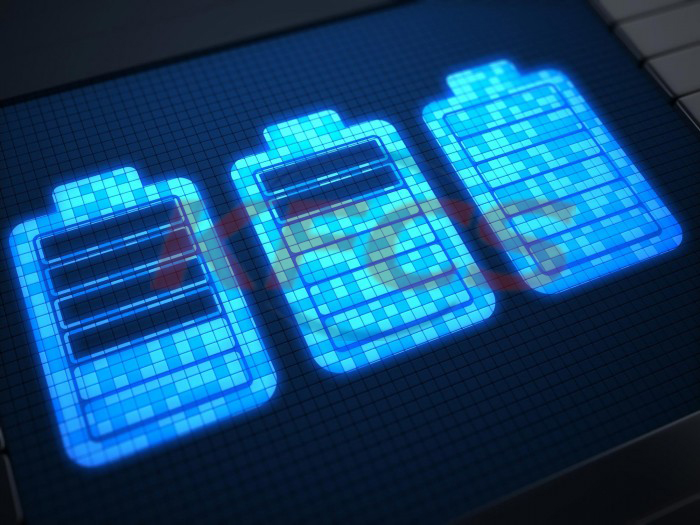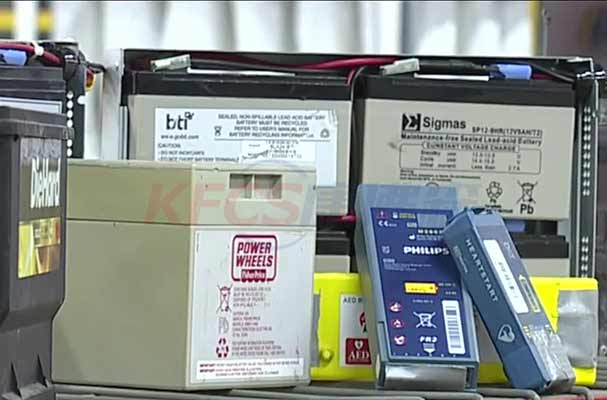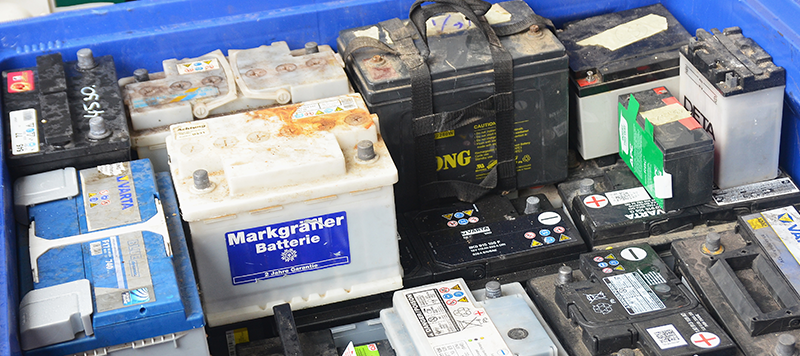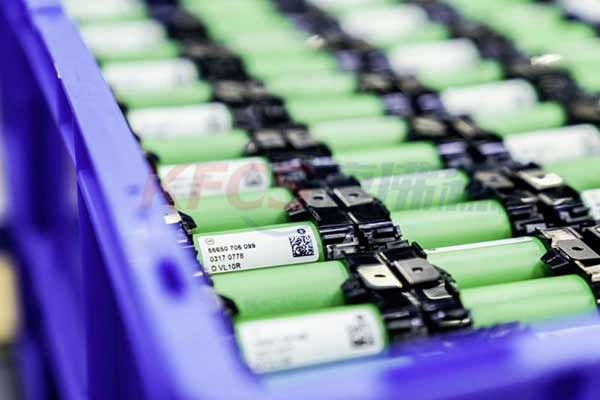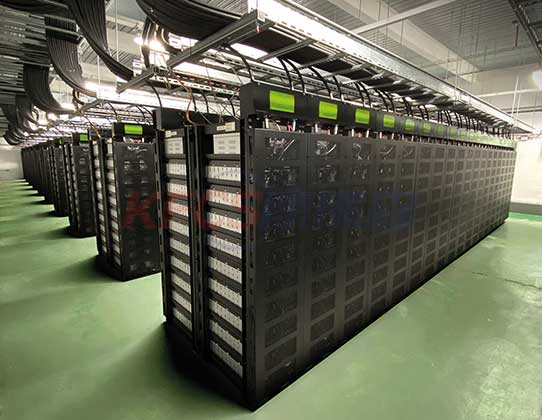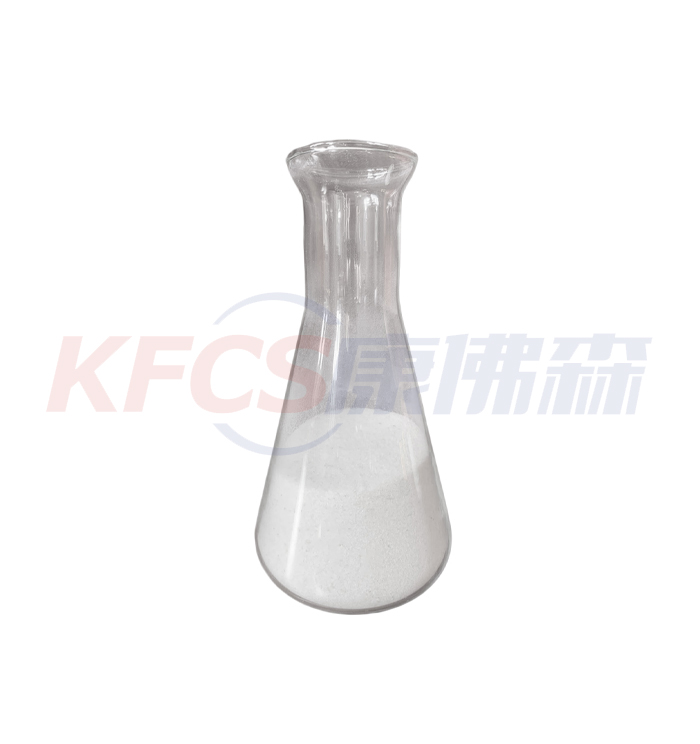Economic value of battery material recovery
2022-06-18
The economic value of battery material recovery mainly lies in the re-mining of material regeneration value and energy value.
This includes three aspects:
1. After decommissioning on high-end appliances, lithium batteries can still meet the needs of some low-end appliances, usually electric toys, energy storage facilities, and so on. The recycling of lithium batteries can give more value to lithium batteries. Especially decommissioned lithium battery;
2. Even if the electrical properties can not meet the deeper use, but the relatively rare metals such as Li, Co, Cu still have the value of regeneration;
3. Because of the great difference between partial metal reduction energy consumption and metal regeneration energy, such as Al, Ni, Fe, metal recovery has economic value in energy consumption.
Different types of lithium batteries contain different kinds of metals and their ratios. One ton of traditional consumption lithium cobalt battery corresponds to about 170 kg cobalt metal, but in copper, aluminum and lithium, the content is mostly similar. Therefore, overall, the recovery value of lithium cobalt acid batteries will be greater than that of other categories, such as lithium iron phosphate batteries and ternary lithium batteries.
The cell accounts for 36% of the power battery cost, and 49% if the gross profit is deducted, and the cell cost is even higher in the consumer battery. In the cell, the cost of cathode materials rich in metal elements such as nickel, cobalt and manganese accounts for 45%.
About News
- Application of Vanadium redox flow battery
- World's largest lithium-vanadium hybrid energy storage system starts up at Oxford Energy Centre
- 1.3 billion US dollars, 1200 ~ 1300MWh! World's largest off-grid battery energy storage project completes financing
- 32kW container type all vanadium flow battery for energy storage
- Power battery recycling will help alleviate the demand for metal resources
- About $5 billion! Quantum plans to invest and build more than 3.5gW solar Park in Lionel Island, Indonesia
- A method to stabilize solid-state lithium-ion battery interfaces opens up new possibilities
- What are the problems in the recycling of waste lithium ion batteries
- Recycling method of cathode material for decommissioned lithium iron phosphate battery
- Vanadium battery energy storage system (4MW class)
Products


